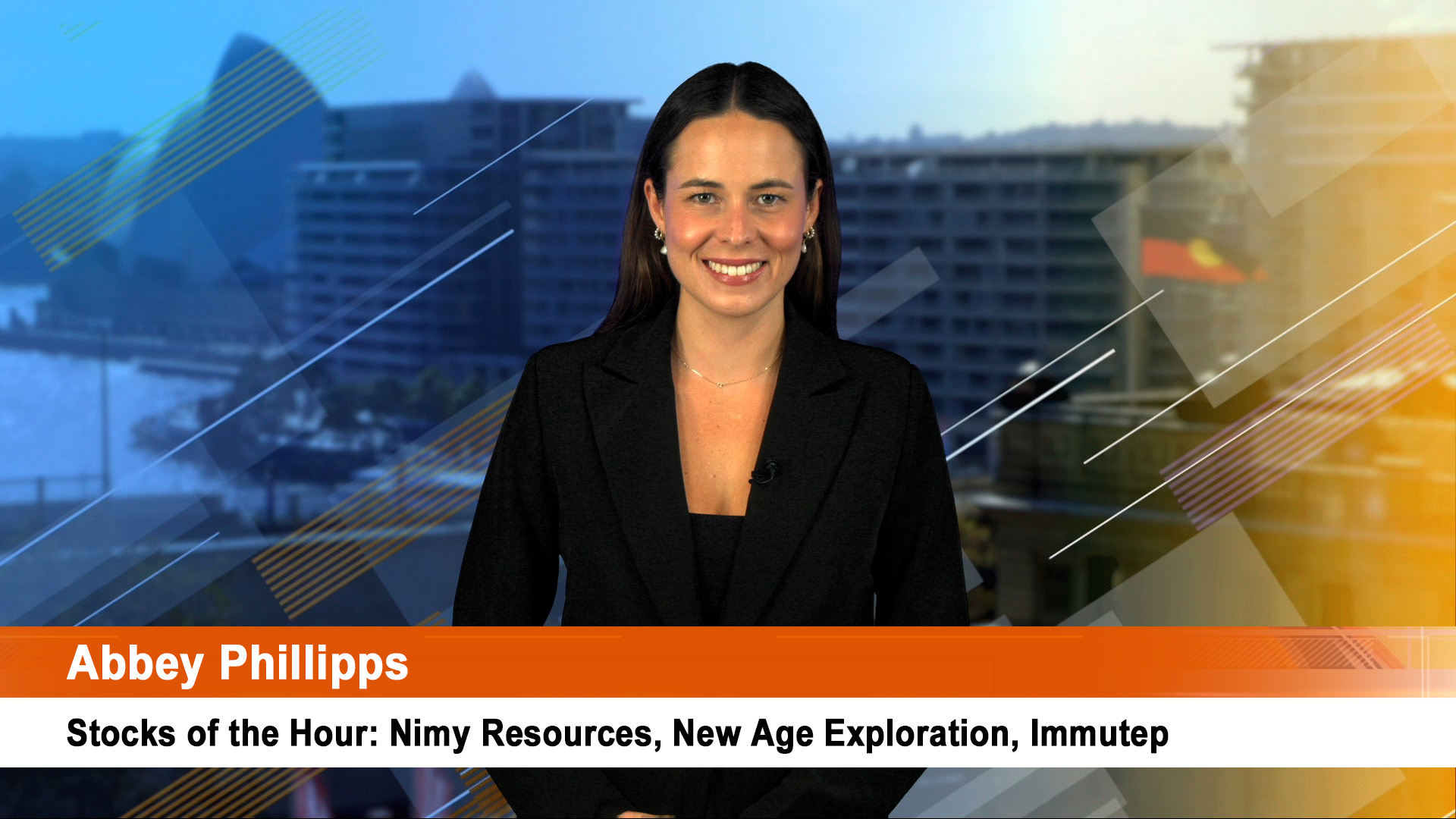Forget the headline from the December housing finance figures from the Australian Bureau of Statistics showing an 0.1% (seasonally adjusted) rise in finance commitments for owner-occupied housing.
The real story is to be found elsewhere.
The Australian Bureau of Statistics said the rise and a 0.5% rise in the value of owner-occupied housing in December was driven by refinancing, not new demand for existing or new homes.
Economists had expected a 1.0 % fall for housing finance commitments for owner occupiers, but instead they edged up to 65,645.
The real story however is the continuing fall in demand for new homes.
The ABS said that value of loans to build new houses slipped 2.1% to $4.68 billion in December from November and the number of loans to buy newly built dwellings declined 3.8%.
The ABS also said that lending to owner-occupiers rose 0.5% to $15.6 billion in December while the value of lending to investors who plan to rent or resell homes fell 3% to $6.58 billion.
That fall in the value of loans for investment housing was partly behind the 0.6% fall (seasonally adjusted) in the value of housing finance to $22.130 billion.
So we had a half a per cent rise in the value of home loans for owner-occupiers, which mostly reflects a high level of refinancing and higher housing prices across the major capitals during 2007 when the average, as measured by the ABS, rose 12%.
The ABS said yesterday in its analysis that the 0.5% rise in the total value of owner-occupied housing commitments (seasonally adjusted) was a rise of $73m in December 2007, following a 1.3% rise in November 2007.
It said the increase in December was due to a rise in refinancing of established dwellings (up $260m, 6.6%), partially offset by purchase of established dwellings excluding refinancing (down $162m, 1.7%), construction of dwellings (down $20m, 1.7%) and purchase of new dwellings (down $6m, 0.9%).
The ABS said the number of owner-occupied housing commitments (seasonally adjusted) increased by 0.1% (up 97) in December 2007 compared with November 2007, following an increase of 3.3% in November 2007.
"Increases were recorded in refinancing of established dwellings (up 1,079, 5.5%), while decreases were recorded in purchase of established dwellings excluding refinancing (down 787, 2.0%), construction of dwellings (down 100, 2.1%) and purchase of new dwellings (down 95, 3.8%).
"The number of owner occupied housing commitments excluding refinancing (seasonally adjusted) decreased by 2.1% in December 2007 compared with November 2007, following an increase of 0.6% in November 2007.
"The number of finance commitments for the construction of dwellings for owner occupation (seasonally adjusted) fell 2.1% in December 2007 compared with November 2007, following a decrease of 1.2% in November 2007," the ABS said.
From that you can see the continuing weakness in new home construction.
There were also signs that builders are scaling back projects, with a report last week showing an expansion in the construction industry slowed in January and building approval figures a week ago showing an 11.6% fall in new private house dwellings, and an even sharper fall (around 24%) in the value of non private dwellings.
Last week's rate rise from the Reserve Bank and increase in bank mortgage rates won't help new home borrowers.
It will help the RBA by not boosting demand for new homes in Australia and thereby lifting demands on capacity short industries and on labour costs.
The RBA said in its first Monetary Policy statement of the year yesterday that "With fixed and variable rates having risen sharply over the past year, we estimate that by the end of January the average interest rate on all outstanding household loans had risen to 8.5 per cent, 30 basis points above the post-1993 average and around 200 basis points above the low in 2002.
"Reflecting this increase in borrowing costs, housing credit growth has slowed to 11.6 per cent over the year to December, around the slowest pace in almost a decade.
"The value of home loan approvals has also slowed. The value of owner-occupier housing loans approved by mortgage originators – which are heavily reliant on capital market funding – fell by almost 40 per cent over the four months to November. However, the banks appear to have picked up most of this business."
The Bank said that "Growth in housing construction has remained relatively subdued, following several years of weakness.
"Dwelling investment increased modestly over the first three quarters of 2007.
"Although there was a large fall in December, the number of building approvals increased by 7.5 per cent over the year to the December quarter; the strength was mostly in the medium-density sector.
"Compared with previous cycles, trends in housing construction have been quite divergent across the states in recent years.
"The shortfall in the supply of new dwellings relative to underlying demand remains evident in the rental market; vacancy rates are close to historical lows in most cities, and rents have continued to accelerate."
And it's that which is flowing through to inflation and being picked up by the Consumer Price Index and by the RBA's own inflation measures.
But while there is some elasticity in the housing sector, employment remains tight.
Figures released yesterday showed the number of jobs advertised on the internet climbed last month.
But The latest monthly survey from the ANZ on job ads across the country showed that employers in every state reduced their advertising of new positions last month, with the booming state of Western Australia experiencing a sharp decline.
The ANZ said its national job ad series, which includes newspaper and internet advertisem













